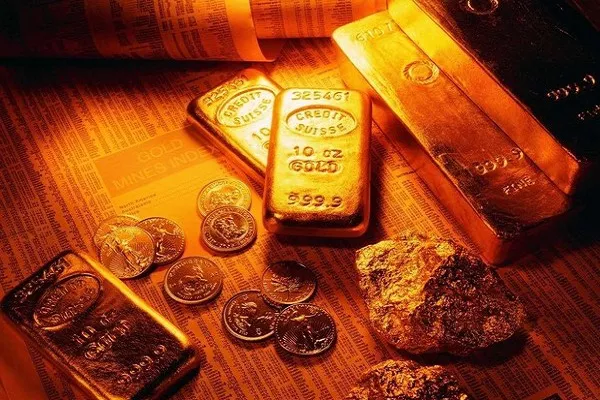Gold prices surged to new lifetime highs, driven by a retreat of global investors from U.S. assets, particularly the U.S. dollar. The dollar hit a three-year low following President Donald Trump’s criticism of the U.S. Federal Reserve and its Chair, Jerome Powell, urging an immediate rate cut.
Trump’s recent remarks against Powell were seen as a challenge to the Federal Reserve’s independence, increasing pressure on the dollar, which plummeted to its lowest level in three years.
In recent years, the U.S. dollar had outperformed other currencies, benefiting from rising demand amid global geopolitical uncertainties. Often regarded as the world’s reserve currency, the dollar had been a safe haven for investors. However, shifting dynamics—such as the economic impact of U.S. tariffs and trade policies—have eroded confidence in dollar assets. The U.S. stock market has shed roughly 11 percent, and the dollar has depreciated by over 9 percent since January.
Trump’s attack on the Federal Reserve contributed to the further decline, with the dollar index falling to 97.92, the lowest since March 2022. The currency also weakened against the Swiss Franc and hit a decade-low against the Euro, which surged to three-year highs. Meanwhile, the Indian Rupee gained ground, recovering from an all-time low of 87.99 to 85 per dollar last week.
As a result of these shifts, gold has seen impressive gains, rising more than 30 percent this year in both domestic and international markets. The weakening of the dollar, compounded by Trump’s trade policies, prompted investors to seek safe-haven assets like gold.
The U.S. government imposed a 10 percent baseline tariff on all imports, alongside higher tariffs on select countries, including China, Vietnam, Japan, India, South Korea, and the European Union, primarily aimed at addressing trade imbalances. In response, China, the world’s second-largest economy, retaliated by imposing tariffs on U.S. goods. The U.S. then escalated the situation with additional duties, bringing the total tariffs on Chinese products to 245 percent. However, in April, Trump announced a temporary halt on tariffs, though not for China.
The intensifying trade war, marked by China’s retaliatory tariffs, raised concerns about a potential global recession, which fueled demand for gold as a safe-haven asset.
Gold-backed exchange-traded funds (ETFs) and central bank purchases have also supported the precious metal’s upward momentum this year. Gold has remained in a bullish market for the past six years, rising more than 150 percent. Over the last 12 months, the commodity’s performance has been exceptional, gaining over 60 percent, and nearing the psychological threshold of one lakh per ten grams in Indian markets.
Looking ahead, the continued strain in trade relations and diminishing trust in U.S. assets is expected to sustain gold’s status as a top reserve currency, further driving demand. ETF inflows and central bank buying will continue to support gold in the short term. However, easing trade tensions and a potential recovery in the U.S. dollar could exert downward pressure on gold, though significant sell-offs are unlikely.

